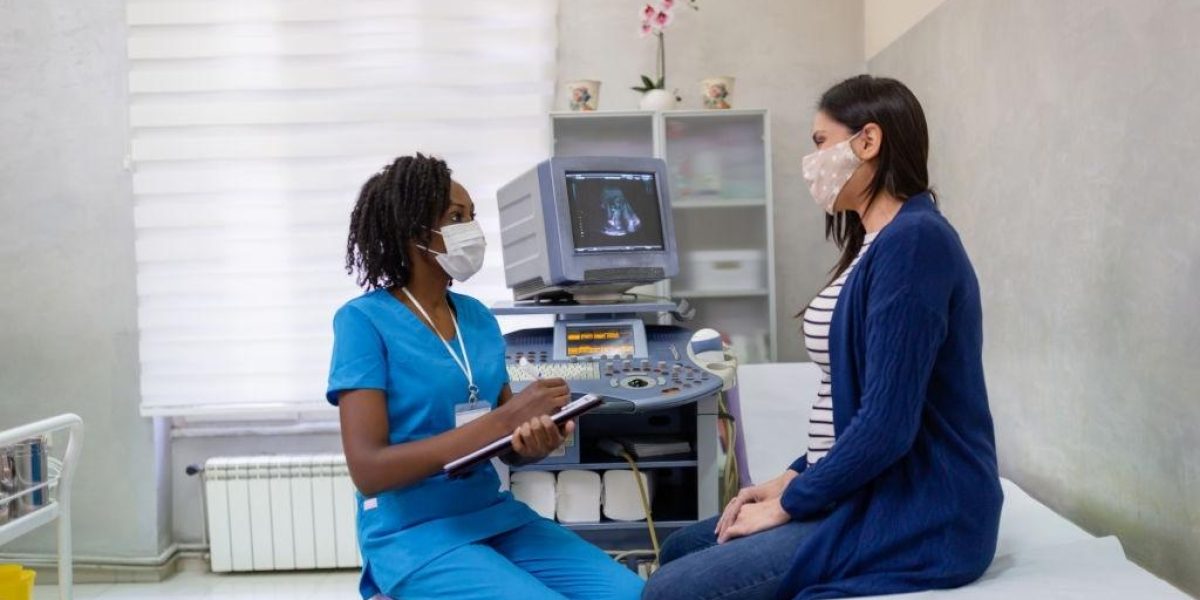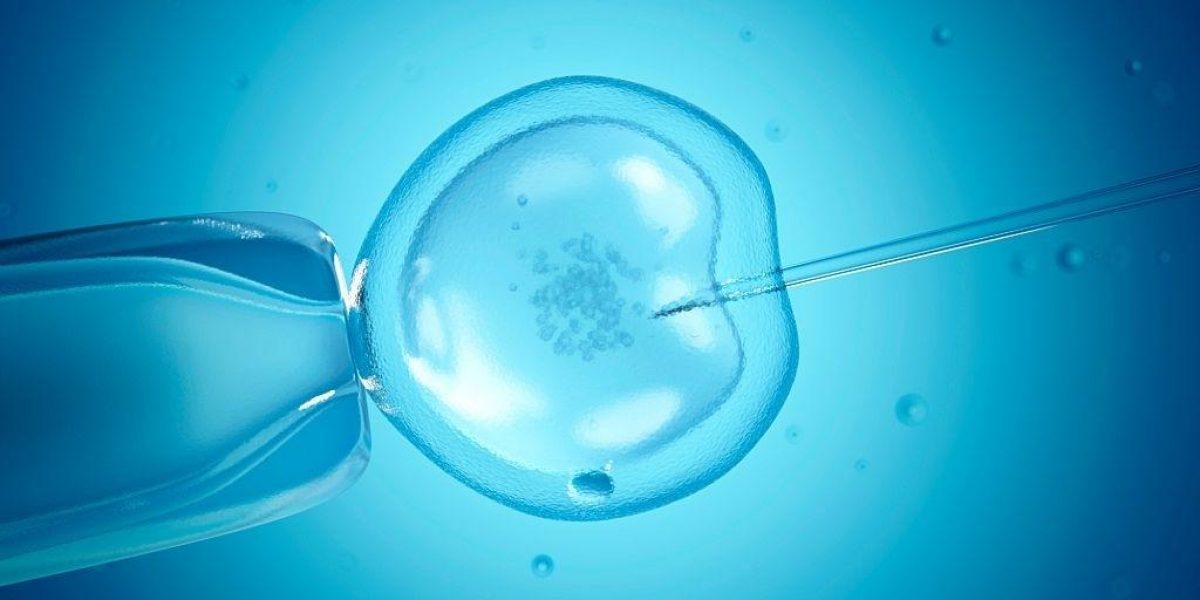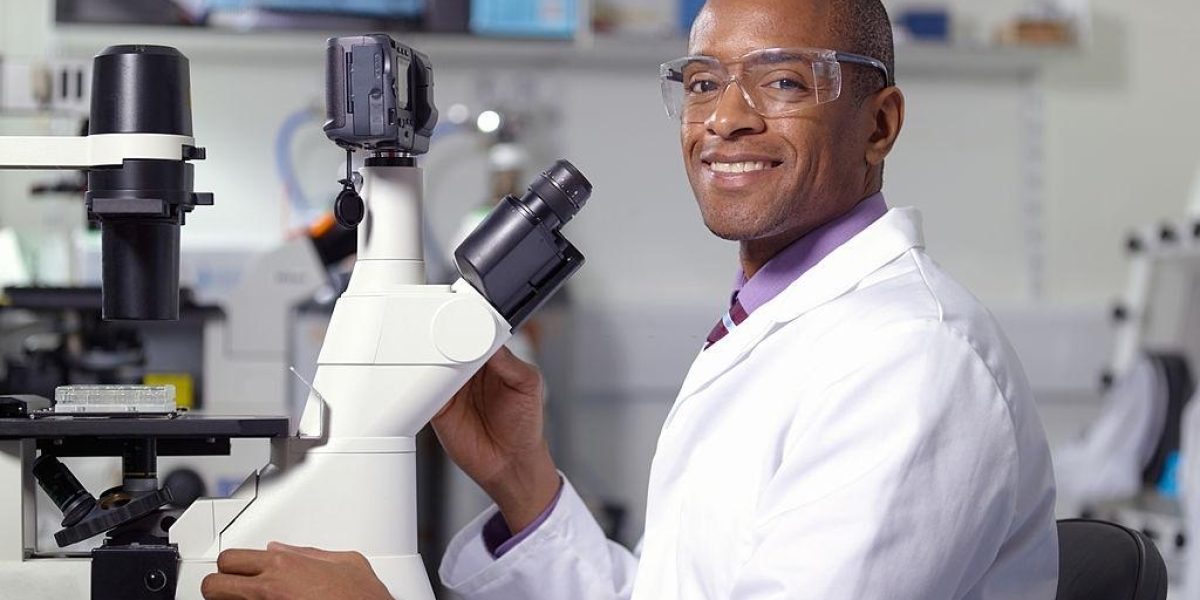Fertility Center
Superovulation
However, over the course of the next few weeks, only one of these follicles develops to maturity, ruptures, and releases its egg during the process of ovulation. The other follicles that had begun to develop stop growing and degenerate (dissolve), therefore, only a small percentage of eggs present in the ovaries are ever ovulated during the woman’s reproductive life span.
We can “rescue” follicles and eggs that would otherwise degenerate by giving shots of fertility drugs which contain FSH (follicle stimulating hormone). This is the same hormone that the pituitary gland produces to cause one egg to develop. By increasing the woman’s blood level of FSH, several follicles may grow at approximately the same rate allowing us to collect more than one mature egg.
The first fertility drug that most women use causes the pituitary gland to release high amounts of FSH and LH (luteinizing hormone) for several days until its stores are depleted. Since continued use prevents the pituitary gland from producing new supplies of FSH and LH, the amount of these hormones being released per day becomes very low after 7 to 10 days. The goal that we achieve with the drug is to ensure that blood levels of LH are low during the last few days of follicle growth, since we know that high levels of LH can lead to poor egg quality and stimulate progesterone production by the ovaries.



A premature rise in progesterone may cause inappropriate maturation of the uterine lining and lead to a lesser chance of embryo implantation. When down regulation is achieved another class of drugs called Gonadotrophins are taken daily for 8 to 11 days, depending on how quickly the follicles mature. We can assess the ovarian response to these fertility drugs by measuring the follicle sizes with vaginal ultrasound and by following the increase in production of estradiol (estrogen) and progesterone by the cells inside the follicles. When the largest follicles reach approximately 18 mm in diameter, the woman takes a shot of hCG (human chorionic gonadotropin – brand name Profasi and Pregnyl). This hormone stimulates the final steps of maturation of the eggs. The egg collection occurs 35 hours after the hCG injection.
